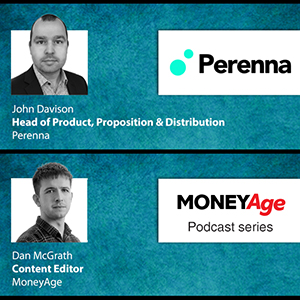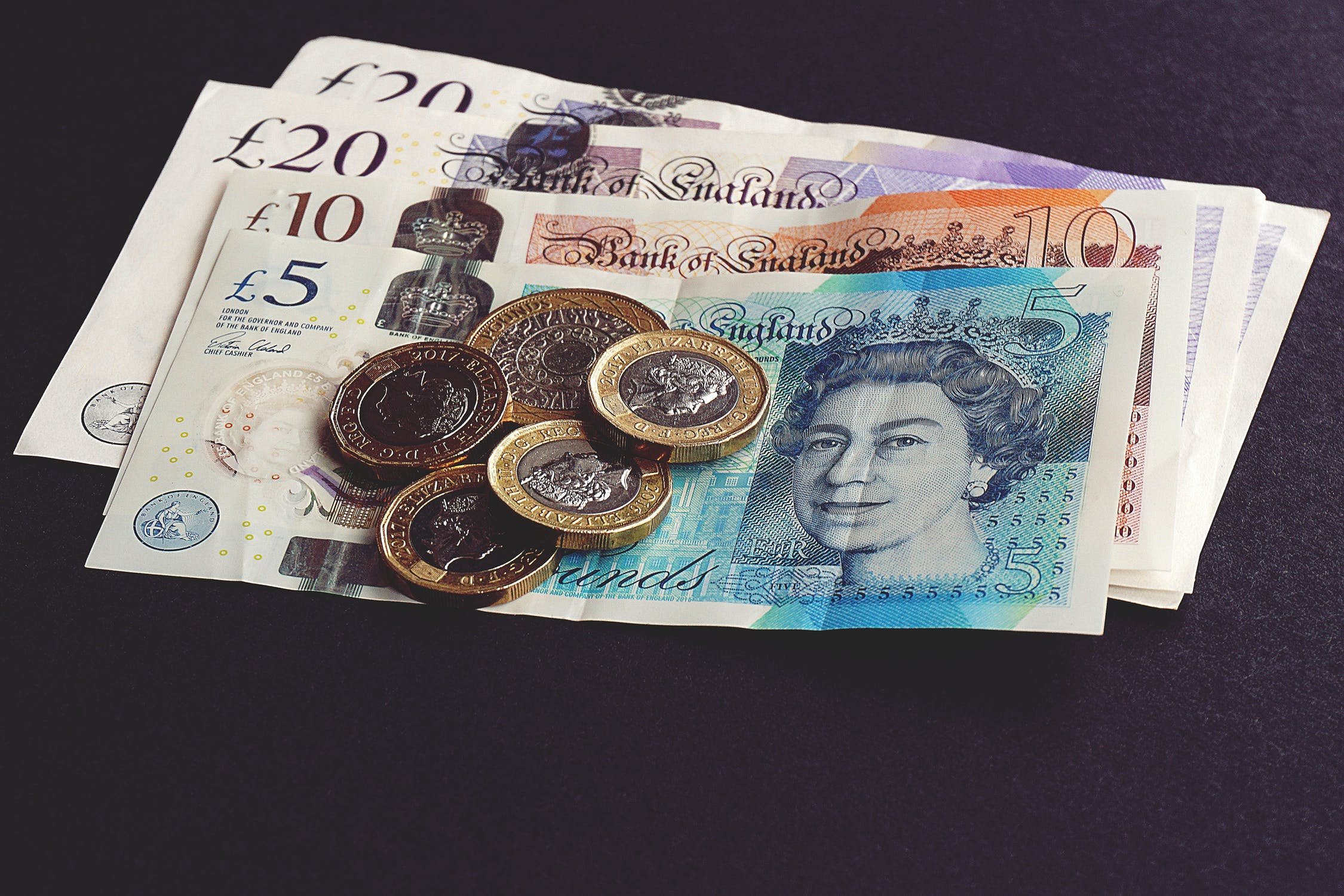Evolution Money has reported that 74% of its second charge mortgages have been used for debt consolidation purposes, compared to 26% which have been used by clients with a prime credit rating.
The second charge lending specialist revealed the figures in its Second Charge Mortgage Tracker, which showed that for the last three months, up until the end of May 2021, the split by value was 64% debt consolidation compared to 36% for prime.
Evolution Money analysed data from two different types of its second charge mortgage products, split between borrowers using loans for debt consolidation purposes, and clients who have prime credit ratings.
The latest figures compared to the previous period – between September 2020 and February 2021 – where product split by volume of mortgages was 75% debt consolidation to 25% prime, and by value it was 63% debt consolidation 37% prime.
Evolution Money CEO, Steve Brilus, commented: “Our second iteration of the Evolution Money Second Charge Mortgage Tracker shows some similarities with the first, but also a number of deviations, particularly when it comes to prime borrowers and the likelihood they will use the proceeds from their loans for other purposes beyond debt consolidation.”
The data revealed the most common uses of a debt consolidation second charge mortgage. These were to pay a loan provider (49% – the same level as the previous tracker); to pay a bank (27%, down from 37%); to pay off retail credit (17%, up from 8%); and to pay off car finance (3%, down 5%).
Prime borrowers are typically taking out second charge mortgages again for debt consolidation (43%, down from 59%), home improvement and some consolidation (33%, up from 29%) and home improvement (23%, up from 9%). Borrowers were also utilising second-charge loans to pay for vehicles and to fund existing business ventures.
“There’s still no doubting that the vast majority of both debt consolidation and prime borrowers are using seconds to pay off debts from various sources, but the number of prime customers purely using them for that purpose has dropped from 59% to 43%, while home improvement usage has increased,” Brilus highlighted.
“Understandably, coming out of lockdown has left many homeowners with more debt now than when they entered it. However, with a greater degree of stability and certainty particularly around employment, they are looking to advisers to help them pay off those debts and seconds are increasingly coming onto the radar.”
Latest News
-
Borrowers jumped gun ahead of December rate cut – Twenty7tec
-
FCA stops Verus Financial Services from conducting regulated activities
-
IHT receipts reach £5.8bn in eight months to November
-
Perspective Financial Group acquires Prosser Knowles
-
Over half of UK savers relying on non-pension assets for retirement
-
Bank of England cuts interest rates to 3.75%
Perenna and the long-term fixed mortgage market

Content editor, Dan McGrath, spoke to head of product, proposition and distribution at Perenna, John Davison, to explore the long-term fixed mortgage market, the role that Perenna plays in this sector and the impact of the recent Autumn Budget
The role of the bridging market and technology usage in the industry
Content editor, Dan McGrath, sat down with chief operating officer at Black & White Bridging, Damien Druce, and head of development finance at Empire Global Finance, Pete Williams, to explore the role of the bridging sector, the role of AI across the industry and how the property market has fared in the Labour Government’s first year in office.
NEW BUILD IN FOCUS - NEW EPISODE OF THE MORTGAGE INSIDER PODCAST, OUT NOW

Figures from the National House-Building Council saw Q1 2025 register a 36% increase in new homes built across the UK compared with the same period last year, representing a striking development for the first-time buyer market. But with the higher cost of building, ongoing planning challenges and new and changing regulations, how sustainable is this growth? And what does it mean for brokers?
Does the North-South divide still exist in the UK housing market?

What do the most expensive parts of the country reveal about shifting demand? And why is the Manchester housing market now outperforming many southern counterparts?
In this episode of the Barclays Mortgage Insider Podcast, host Phil Spencer is joined by Lucian Cook, Head of Research at Savills, and Ross Jones, founder of Home Financial and Evolve Commercial Finance, to explore how regional trends are redefining the UK housing, mortgage and buy-to-let markets.
In this episode of the Barclays Mortgage Insider Podcast, host Phil Spencer is joined by Lucian Cook, Head of Research at Savills, and Ross Jones, founder of Home Financial and Evolve Commercial Finance, to explore how regional trends are redefining the UK housing, mortgage and buy-to-let markets.
© 2019 Perspective Publishing Privacy & Cookies










Recent Stories